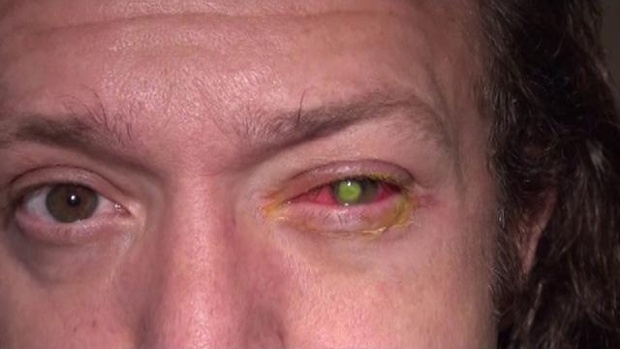-
Tips for becoming a good boxer - November 6, 2020
-
7 expert tips for making your hens night a memorable one - November 6, 2020
-
5 reasons to host your Christmas party on a cruise boat - November 6, 2020
-
What to do when you’re charged with a crime - November 6, 2020
-
Should you get one or multiple dogs? Here’s all you need to know - November 3, 2020
-
A Guide: How to Build Your Very Own Magic Mirror - February 14, 2019
-
Our Top Inspirational Baseball Stars - November 24, 2018
-
Five Tech Tools That Will Help You Turn Your Blog into a Business - November 24, 2018
-
How to Indulge on Vacation without Expanding Your Waist - November 9, 2018
-
5 Strategies for Businesses to Appeal to Today’s Increasingly Mobile-Crazed Customers - November 9, 2018
Most US Contact Lens Wearers Fail to Properly Sterilize their Lenses
The CDC (Center for Disease Control & Prevention) has said that every person that wears contact lenses in the US is reckless with their lenses.
Advertisement
The report is based on a nationwide survey of about 1,000 contact lens wearers age 18 or over.
Each behavior can raise the risk of eye infections by five times or more, the CDC reported Thursday.
As if swimming in the lenses was not bad enough more than a third of the surveyed reported they had simply used tap water to rinse the lenses instead of sterile, disinfecting solution.
Nearly all contact lens wearers leave their contact lenses in for too long or sleep without removing them. Proper contact lens hygiene can prevent keratitis. In spite of this, the survey has revealed that 85% respondents often shower with their lenses on, ignoring the risks they are subjecting themselves to.
The majority of the people who participated in the survey, 61 percent to be exact, have declared that they are swimming with their contact lenses.
The Huffington Post also has a tip for women: Put on your makeup before wearing your contact lenses to avoid getting powder and makeup into your lenses and eyes.
An extremely frequent mistake seems to be sleeping with the contact lenses still in place, because a whopping 87% of study participants have recalled going to sleep or taking naps with their contact lenses on.
Almost all of the estimated 41 million contact lens wearers in the U.S. may be engaging in risky eye behaviors, according to a new study.
While the contact lens is fairly porous and oxygen can reach the cornea, it still acts as a barrier. Thus, those who do not practice good habits in lens care are more at risk of eye infections.
“It is more common than you might realize”, he said. Another bad habit amongst contact lens wearers is topping up rather than replacing contact lens solution.
Advertisement
Doctors at Cincinnati Eye Institute diagnosed Groeschen with a bacterial infection that was quickly destroying his cornea, the eye’s protective outer layer. ‘Vision correction is needed by two thirds of the population and contact lens penetration is about 10 per cent and, give or take, has essentially remained flat for years’. “One thing that we see people doing a lot is using the lenses beyond the lifetime of the lens”, American Academy of Ophthalmology spokesman Thomas Steinemann tells USA Today.





























